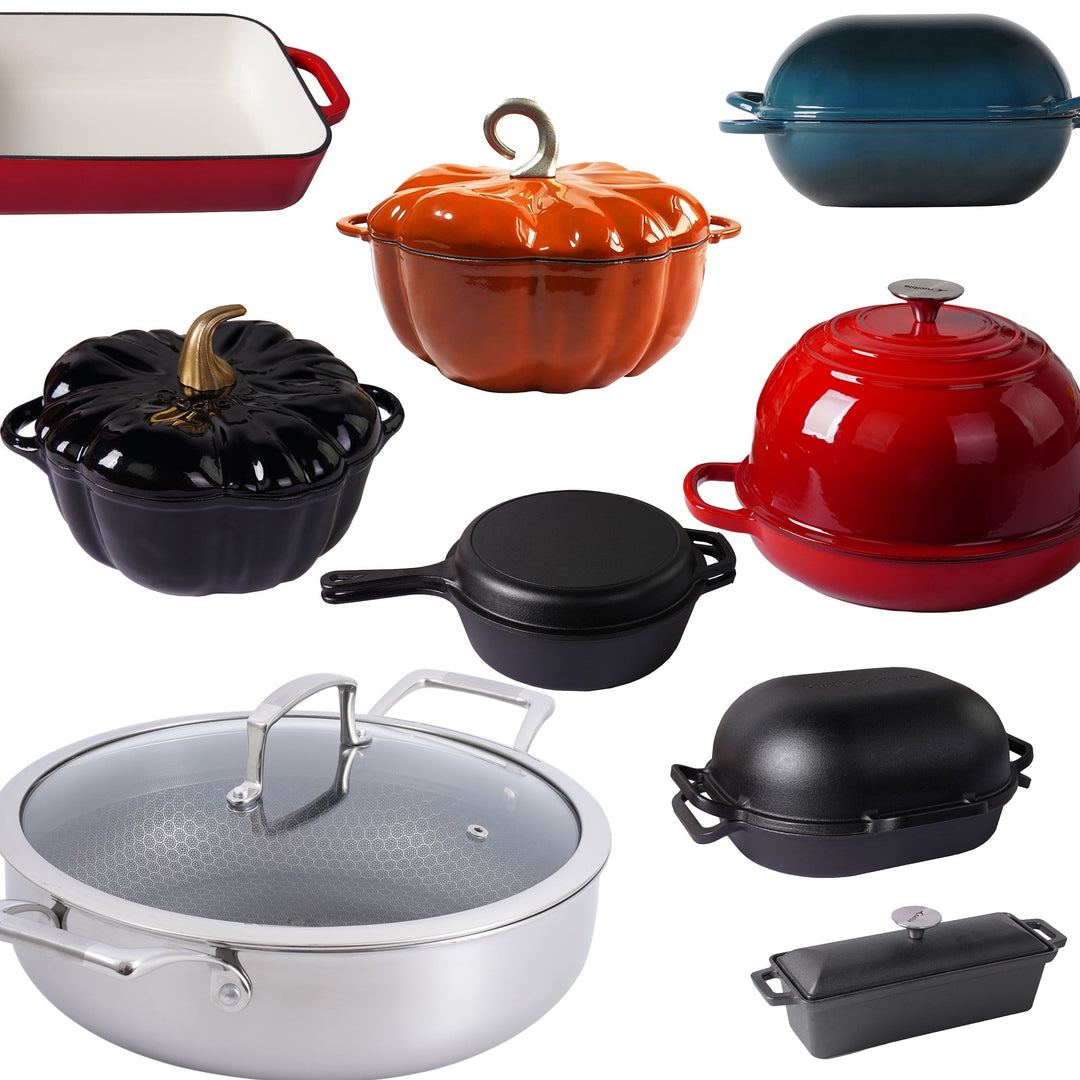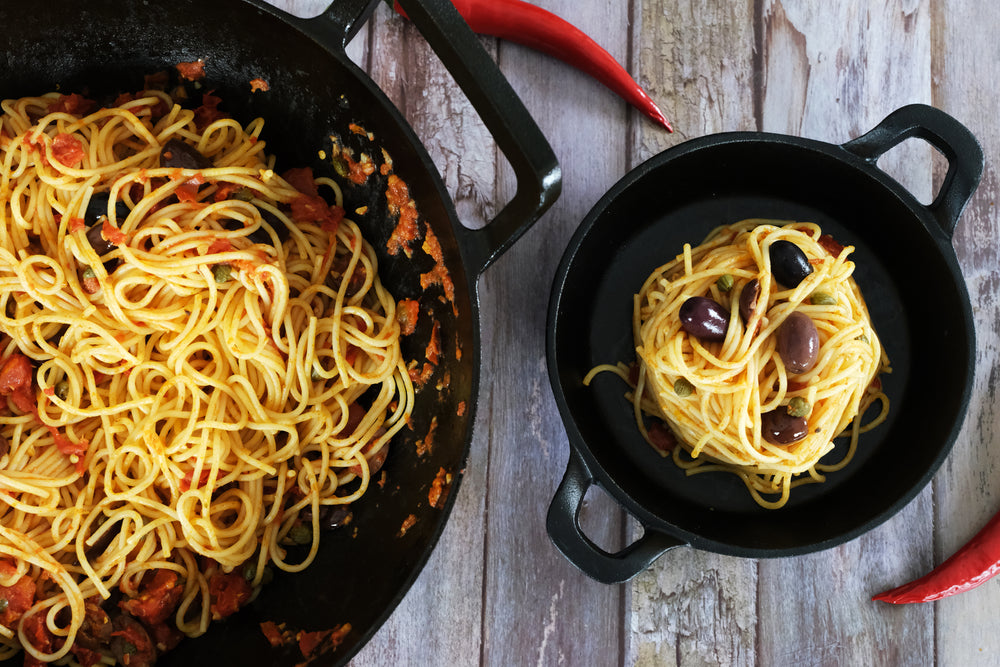Die richtige Hefe für perfektes Brot wählen: Ein Leitfaden für Hobbybäcker

Brot zu backen ist eine zeitlose kulinarische Kunst, die Küchen auf der ganzen Welt Freude bereitet. Ob Sie ein erfahrener Bäcker oder ein Neuling in der Welt des Brotbackens sind, eine wichtige Zutat spielt eine entscheidende Rolle für den Erfolg Ihres Brotes – Hefe. Bei der Vielzahl an Hefesorten kann es überwältigend sein, die richtige auszuwählen. In diesem Leitfaden werden wir die verschiedenen Hefetypen erkunden und Ihnen helfen, die perfekte Hefe für Ihre Brotbackabenteuer zu finden.
Aktive Trockenhefe: Eine klassische Wahl
Aktive Trockenhefe ist eine der gebräuchlichsten und am weitesten verbreiteten Hefesorten. Sie ist bekannt für ihre Zuverlässigkeit und Stabilität. Diese Hefe wird deaktiviert und dann zu Granulat getrocknet, was eine lange Lagerung ohne Kühlung ermöglicht. Vor der Verwendung muss aktive Trockenhefe in warmem Wasser rehydriert werden, damit sie aktiviert wird und der Gärprozess beginnt. Diese Hefesorte eignet sich für eine breite Palette von Brotrezepten, von einfachen Weißbroten bis hin zu komplexeren handwerklichen Broten.

Instanthefe: Der Zeitersparer
Instanthefe ist eine schnell wirkende Hefe, die nicht vorgelöst werden muss. Sie kann direkt zu den trockenen Zutaten gegeben werden, was Zeit im Backprozess spart. Instanthefe ist eine ausgezeichnete Wahl für alle, die die Bequemlichkeit eines schnelleren Aufgehens ohne Qualitätsverlust des Brotes wünschen. Sie eignet sich besonders für vielbeschäftigte Bäcker oder Anfänger im Brotbacken.
Frische Hefe: Eine traditionelle Note
Frische Hefe, auch bekannt als Kuchenhefe oder Presshefe, ist eine feuchte und verderbliche Form von Hefe. Sie hat einen höheren Wassergehalt und gilt allgemein als geschmacksintensiver für das Brot. Frische Hefe ist bei traditionellen Bäckern sehr beliebt und wird oft in Rezepten verwendet, die eine längere Gärzeit erfordern. Beachten Sie, dass frische Hefe eine kürzere Haltbarkeit hat und gekühlt aufbewahrt werden muss.
Sauerteigstarter: Die Jokerkarte
Für diejenigen, die einen praktischeren und handwerklichen Ansatz beim Brotbacken suchen, ist Sauerteigstarter eine ausgezeichnete Wahl. Sauerteig basiert auf wilden Hefen und Bakterien, die in einer fermentierten Mischung aus Mehl und Wasser vorhanden sind. Die Herstellung und Pflege eines Sauerteigstarters erfordert Zeit und Geduld, aber das daraus resultierende Brot zeichnet sich durch ein einzigartiges Geschmacksprofil und eine zähe Textur aus. Sauerteig ist eine hervorragende Option für alle, die mit verschiedenen Geschmacksrichtungen und Texturen in ihrem Brot experimentieren möchten.

Fazit
In der Welt des Brotbackens ist die Wahl der richtigen Hefe eine entscheidende Entscheidung, die den Geschmack, die Textur und das Aufgehen Ihres Brotes erheblich beeinflussen kann. Ob Sie sich für die Zuverlässigkeit von Trockenhefe, die Bequemlichkeit von Instanthefe, die traditionelle Note von frischer Hefe oder die Jokerrolle eines Sauerteigstarters entscheiden – jede Art hat ihre einzigartigen Eigenschaften. Das Experimentieren mit verschiedenen Hefen kann eine unterhaltsame und lehrreiche Reise sein, die es Ihnen ermöglicht, die Feinheiten des Brotbackens zu entdecken und die perfekte Hefe für Ihr charakteristisches Brot zu finden. Viel Spaß beim Backen!
















Einen Kommentar hinterlassen